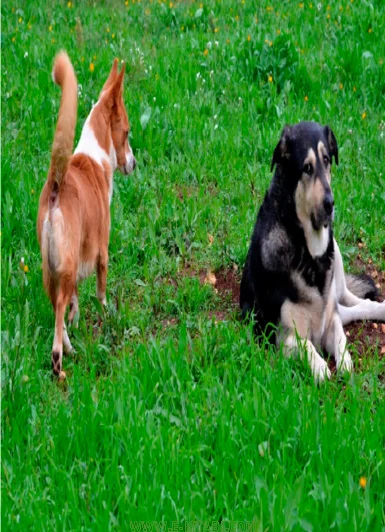Communication occurs not only between members of the same species, but also between individuals of different species, such as domestic dogs and humans. Having lived in close contact with humans for at least 30,000 years, dogs have developed special abilities that allow for flexible communication with humans. There is now evidence to suggest that the dog-human relationship can be characterized as an “attachment” similar to that reported between infants and their primary caregivers.
Specifically, the cohabitation process and human-dog attachment cause changes in cross-species communication skills in both humans and dogs, resulting in their ability to perceive and understand signals from other species and to respond correctly to them. Dogs exhibit a flexible behavioral repertoire in their communication with humans, using the same signals used in intraspecific interactions (dog-dog), some of which can acquire and carry different meanings when used against humans (e.g.eye contact). They use their whole body.
In fact, not all signals are under voluntary control. For example, when a dog experiences an emotional state, such as anxiety, it releases certain body odors into its surroundings. Although involuntary, this signal is received by other individuals as a communication signal. Dogs communicate visually by changing various body parts, tactilely, and audibly and olfactively by vocalizations and body odor.
About the Book
Dogs have a vast and flexible repertoire of visual, auditory, and olfactory signals that allow for expressive and finely tuned allopatric and dog-human communication. Dogs also use this behavioral repertoire when communicating with humans, using the same signals used during homophilic interactions.
The purpose of this book is to provide an overview of recent advances in canine communication research and to describe the different nature of signals used in homologous (dog-dog) and heterologous (dog-human) interactions and their communicative significance. Finally, we discuss behavioral asymmetries that reflect lateralized neural patterns involved in dog-dog and dog-human social communication.

